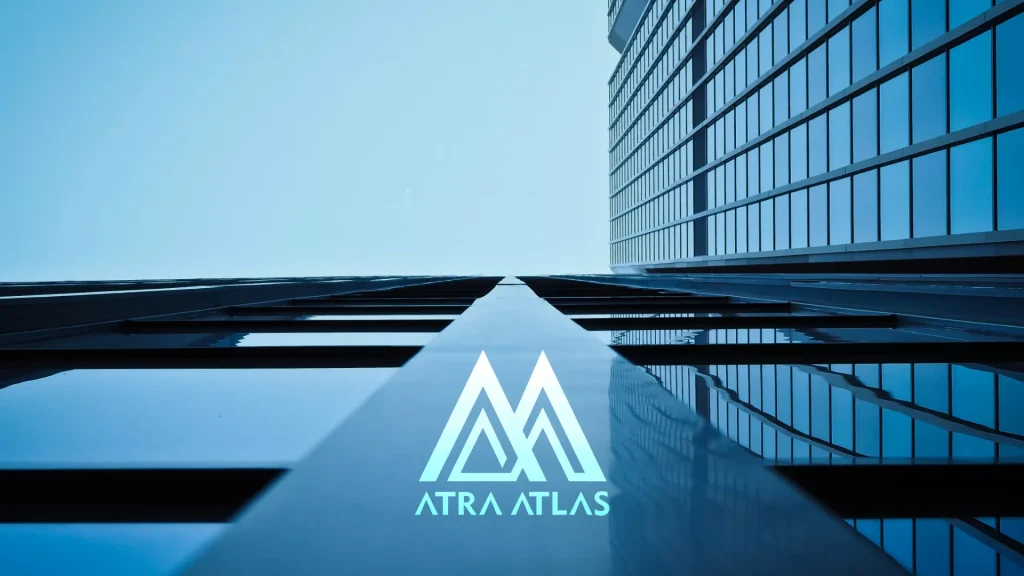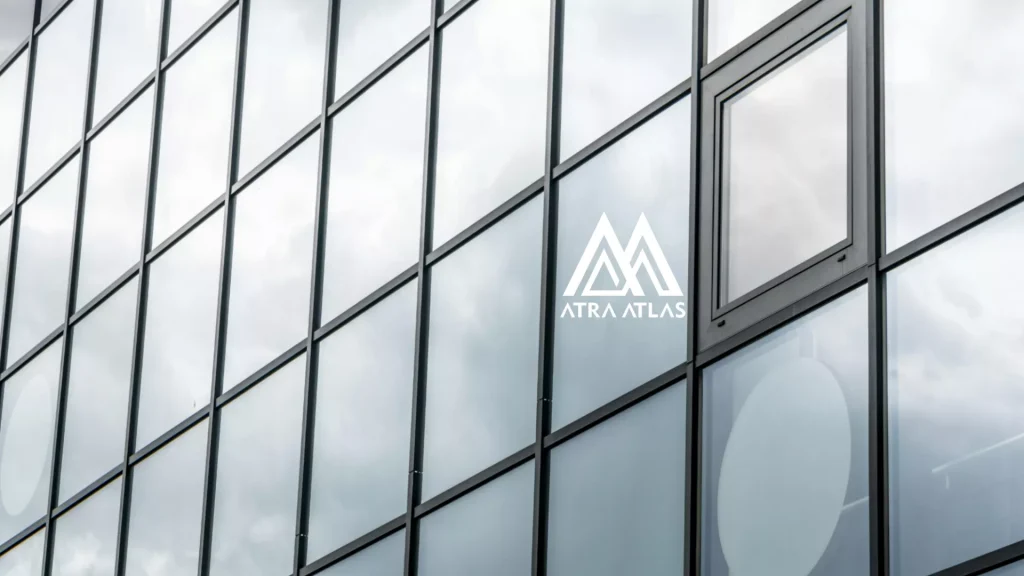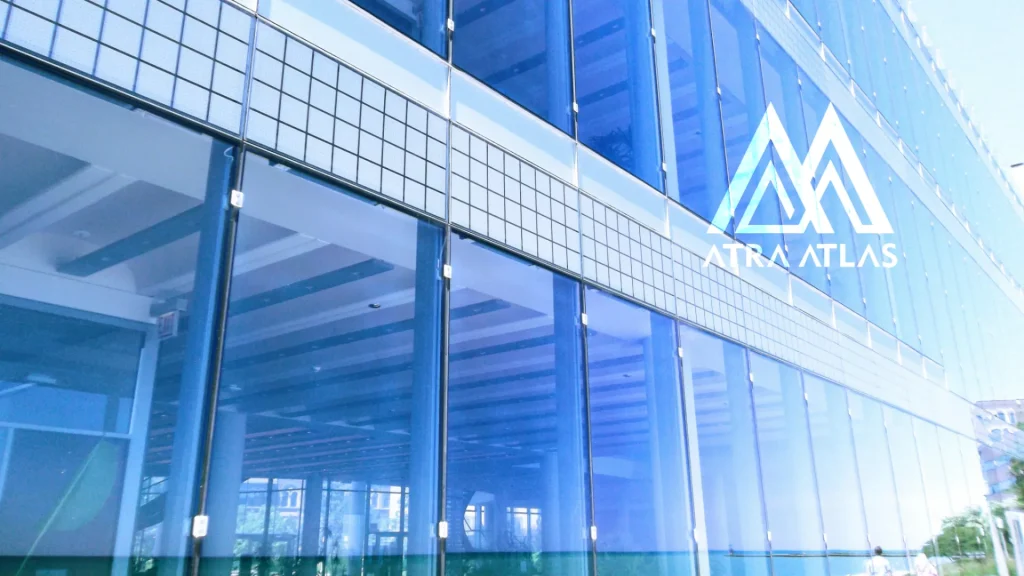
Importing Glass From Iran
Import of Glass
In the global glass import market, quality and innovation are crucial. Iranian manufacturers active in this market pay special attention to new technologies to commercialize and expand their activities globally. According to the Special Headquarters for Nanotechnology Development, the number of destination countries for the export of nano glass and mirrors produced by Iranian companies reached 35 in 2017. Some of these countries include Brazil, Germany, Italy, Sweden, Spain, the United Arab Emirates, South Africa, and others.
One factor that has enhanced the competitiveness of Iranian manufacturers in this industry is the acquisition of technology for multi-purpose heat-absorbing and storing coatings. This technology is currently produced and commercialized in 15 locations across Iran and is exported to various countries on four continents: Africa, Europe, North America, and South America, as well as Asia.
Another reason for the increase in glass and mirror imports from Iran is the lower production costs compared to other countries, especially in Europe, which ultimately leads to lower final product prices in the global market. For assistance with importing glass, you can consult and seek guidance from Atra Atlas Trading Company.
Glass Production Process The production process in the glass industry consists of four stages:
- 1.Preparation of Raw Materials: In the first stage, the necessary raw materials for the final product are combined in specific weight ratios. These raw materials include silica, limestone, and sodium carbonate.
- 2.Melting and Refining: The materials are melted in furnaces of specific sizes, depending on the type and amount of glass being produced. Refining is a combination of chemical and physical processes performed in melting chambers, during which any bubbles formed while mixing the molten glass are removed, resulting in a homogeneous mixture.
- 3.Shaping Products: The shaping stage in glass production mainly includes two processes: hot shaping and cold shaping. In hot shaping, the glass is heated to a high temperature and transformed into its final shape. It is then gradually cooled and strengthened in the cold shaping process. These processes are carried out using specific molds and tools.
- 4.Post-Shaping Operations: This includes stress relief and coating of products before packaging.
Glass Industry in the World:
The glass industry has consistently maintained its share of the global economy, and its production is on the rise. China leads in glass production with a 51% share, followed by Europe with 16%, and other parts of Asia (excluding India and China) at 12%. India contributes 2% of the world’s glass production. Iran produces about 2 million tons of various types of glass per year, accounting for more than 0.5% of global production.

Global Market Value of Glass
In 2020, the global market value of the glass industry was estimated at approximately $228.7 billion, with around $120 billion attributed to the production of flat glass. Flat glass, also known as sheet glass or plate glass, is primarily used for manufacturing windows, doors, mirrors, and solar panels. This industry is continuously evolving and is expected to grow by about 5% annually. Additionally, the market value of the glass packaging industry worldwide surpassed $51.23 billion in 2020. Glass is a popular choice for beverage bottles due to its unique characteristics, such as non-reactivity and recyclability.
Production Costs
The cost of producing a unit of glass increased by 50% from 2004 to 2021. This rise in production costs can be attributed to several factors, including rising energy prices, higher transportation costs, and increased costs of raw materials.
Glass Production in Iran
Iran has 14 large, active companies engaged in glass bottle production. Currently, the total capacity of these units is 641,000 tons, and with the addition of new projects, this capacity is expected to reach about 1 million tons.
Conditions for Importing Iranian Glass to Brazil and Argentina
Products from major manufacturers in Iran are rarely exported to South American countries, presenting a significant market opportunity for profitable direct exports. Notable cities producing glass in Iran include:
- 1.Eshafan Glass
- 2.Kaveh Glass
- 3.Noori Tazeh Glass
In Brazil and Argentina, the population tends to have less familiarity with handled jugs and glasses, as most jugs available in these countries lack handles. Instead, the handles are typically designed into the jug itself. Turkish models of glass products are particularly well-received in these markets.
Exceptional Sale of Handleless Printed Cups in America
Drinking water and serving cold drinks are universal needs; thus, exporting decorative enamel cups suitable for these purposes is likely to result in good sales. In South America, particularly in Brazil, there is a strong interest in handleless printed cups, especially those featuring various emojis, bird designs, and animal patterns. Iran is the largest producer of these types of printed cups.
Purchase of Kaveh Crystal Half-Shot Glasses in Brazil
Brazil is renowned for its coffee, with some of the highest quality coffees produced and exported worldwide. One of the most popular hot drinks in Brazil is coffee, which can be prepared and served in various styles. Following handleless printed cups, various half-shot or shot glasses could also see high sales in this country.

Specifications of Tempered Glass
Tempered glass is known for its high resistance to heat and enhanced safety features. Unlike ordinary glass, it is designed to withstand temperature fluctuations without breaking or cracking. While tempered glass is more durable, it can still shatter. However, when it does break, it typically shatters into small, safe pieces, which is considered an advantage.
This type of glass is one of the most commonly used materials today, and in recent years, there has been a significant increase in the production of high-quality tempered glass, positively impacting exports.
The manufacturing process for tempered glass is similar to that of ordinary glass, with key differences at certain stages. For instance, tempered glass undergoes a longer heating process, and its molding is generally distinct from that of regular glass. Thanks to its specialized production method, tempered glass has greater impact resistance than ordinary glass and is less likely to crack or break. This makes it essential for use in public spaces and high-traffic areas.
